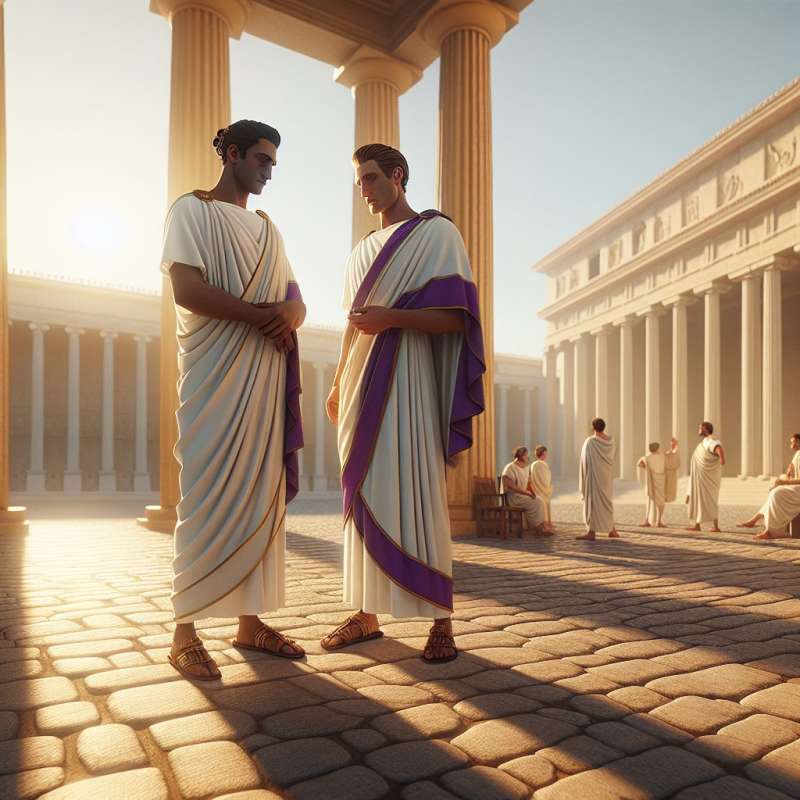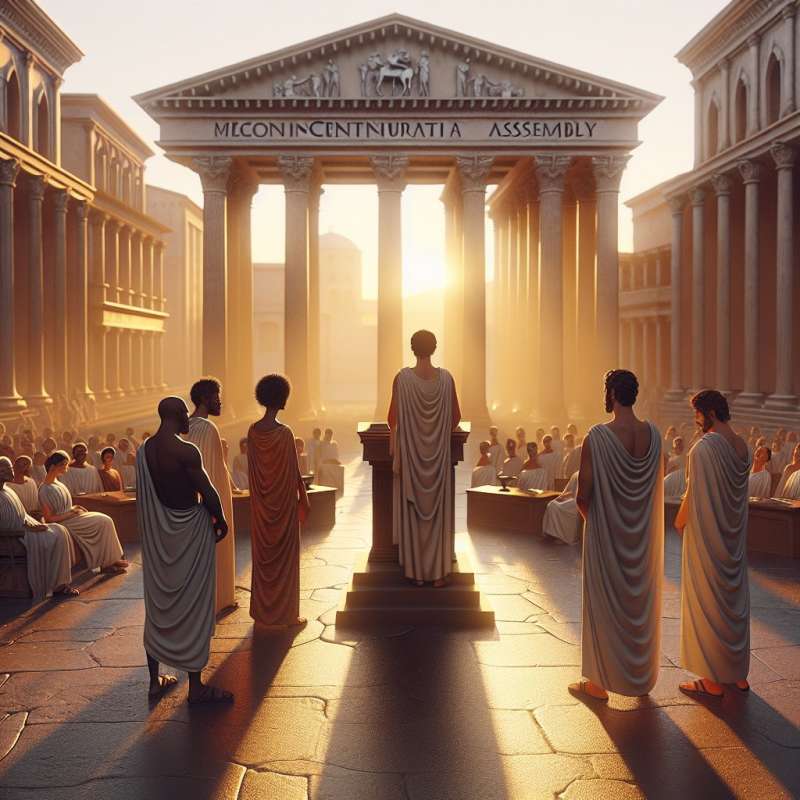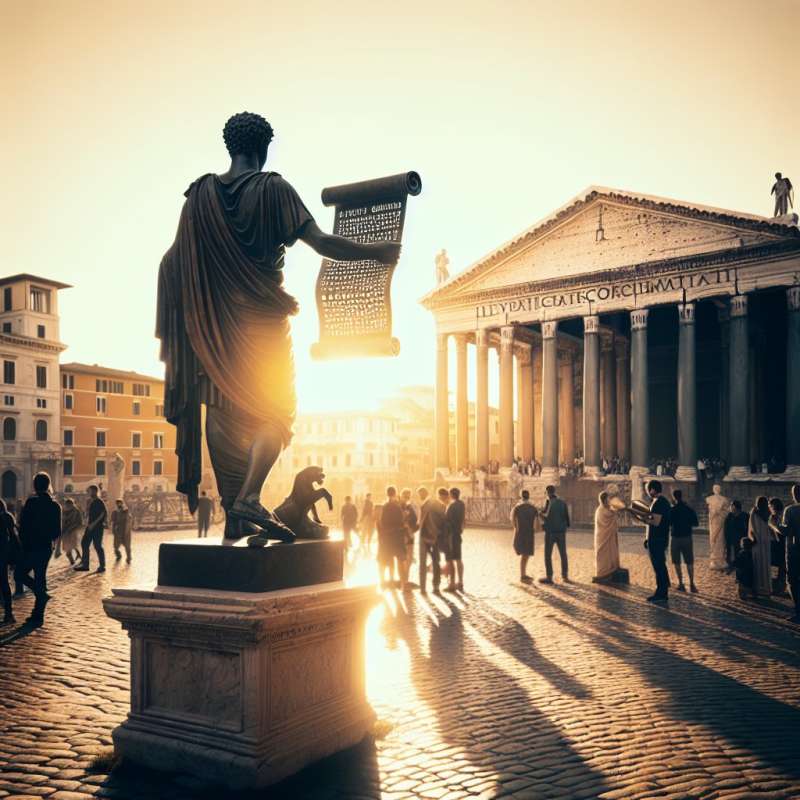
Roman Republic Foundation
The Roman Republic was founded in 509 BCE, after the last Etruscan king was overthrown. Its political structure included checks and balances through a complex constitution.
Consuls and Senate Power
Two elected consuls were the executive leaders, but their powers were limited by the Senate, an influential body of patricians that controlled Rome's finances and foreign policy.
Democratic Assemblies Role
Democratic assemblies allowed citizens to vote on laws and elect magistrates. The Centuriate Assembly, organized by wealth classes, notably elected senior magistrates like consuls and praetors.
Tribunes: Plebeians' Voice
The office of Tribune was created to protect plebeians' interests. Tribunes could veto decisions by consuls or Senate, highlighting early checks on power within the Roman government.
Social War's Political Shift
The Social War (91-88 BCE) led to significant political reform. Allies of Rome, seeking citizenship and fair treatment, fought for and won rights, reshaping Rome's internal politics.
Julius Caesar's Political Reforms
Julius Caesar implemented reforms including the Julian calendar and expanded Senate. His dictatorship paved the way for the end of the Republic and the rise of the Empire.
Augustus's Disguised Monarchy
Augustus cleverly maintained a facade of the Republic while holding supreme power. He initiated the Principate, a system where the emperor retained significant control masked by traditional institutions.Cato's Unusual Habit
Cato the Younger often wore a simple, dark toga to protest corruption, even when it went against Roman fashion norms.
Who overthrew the last Etruscan king?
The Senate
Roman Republic founders
Julius Caesar
Company